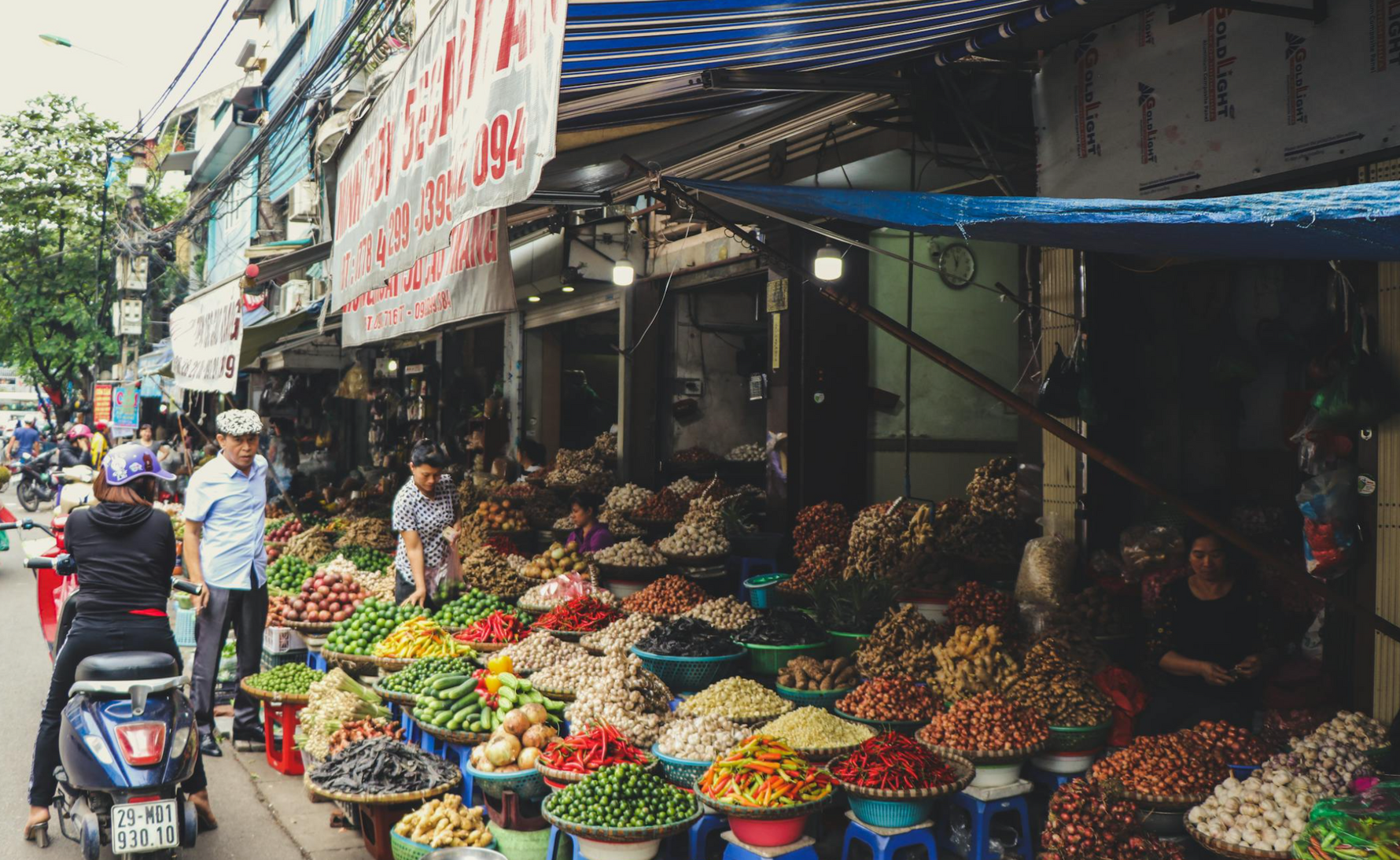Many travelers find their initial encounters with Vietnamese street eats in the form of phở, the iconic noodle soup brimming with a fragrant broth and garnished with fresh greens. Yet phở is just one thread in a much larger tapestry of flavorful offerings. Venture into a quiet alleyway in Hanoi, and you might discover bánh cuốn, delicate rice rolls filled with seasoned pork and wood ear mushrooms, served warm and topped with crispy shallots. Head further south, and you may stumble upon dishes enhanced with coconut milk or bold chili pastes, reflecting local preferences shaped by climate and available produce. Each region, city, or street corner contributes a unique facet to this evolving culinary mosaic.

Regional Variations and Iconic Dishes
Vietnam’s elongated geography means that each region embraces distinct cooking methods and flavor profiles, resulting in an astonishing variety of street eats. Northern cuisine typically leans toward subtle seasonings, allowing the freshness of herbs and produce to shine. In Hanoi, you might find a steaming bowl of bún thang, a delicate vermicelli soup featuring slivers of egg, chicken, and Vietnamese sausage swimming in a clear, fragrant broth. The harmony of sweet, sour, and salty notes resonates with centuries-old traditions, making each spoonful feel like a direct link to Vietnam’s past.Moving down to the center of the country, dishes gain a bolder edge. Spicy chili blends, fermented sauces, and robust marinades dominate local street fare, reflecting a culture that has long embraced hearty meals to fuel daily tasks. Huế, once home to the imperial court, developed a reputation for refined recipes that combine diverse textures and colors on a single plate. There, a traveler might encounter bánh bèo, steamed rice cakes topped with savory shrimp or pork, served in small cups that line market tables like miniature edible canvases. The interplay of flavors can be delicate or intense, but always balanced to showcase the region’s culinary ingenuity.
Finally, the south brings tropical vibrancy to the table, with ingredients like fresh coconut milk infusing dishes with a subtle sweetness. Around cities such as Ho Chi Minh City, street vendors sell everything from bánh mì stuffed with pickled vegetables and paté to bowls of hủ tiếu loaded with crunchy bean sprouts. The region’s openness to outside influences has also contributed to an eclectic food culture, resulting in recipes that mix local and international elements. Whether you crave subtlety or spice, the streets of Vietnam deliver a feast that speaks to both culinary depth and remarkable adaptability.
Exploring Authentic Street Markets
While many travelers gravitate toward Vietnam’s major cities to uncover street food treasures, the country’s markets extend far beyond the urban sprawl. Regional towns host their own bustling gathering places, often set up at daybreak and continuing until midday or evening. These markets are a feast for the senses, brimming with the vivid colors of fruits, vegetables, and freshly caught seafood piled high on stalls. Meandering through the rows, you sense the pulse of local life—farmers negotiating with vendors, shopkeepers showcasing their homemade sauces, and families chatting over a hearty breakfast before starting their workday.Stopping at a modest stall in a market like Bến Thành in Ho Chi Minh City or Đồng Xuân in Hanoi is often the best way to get an unvarnished look at Vietnam street food traditions. Beneath simple awnings, skilled cooks prepare dishes inherited from past generations, using recipes honed by trial and error. A plastic stool and a tiny metal table might serve as your dining spot, but the ambiance more than compensates for any lack of formal elegance. Every slurp of soup, every crunch of a fried snack, and every bite infused with chili or fish sauce resonates with an authenticity that restaurant experiences often struggle to replicate.
Navigating Street Food Culture and Culinary Etiquette
Approaching Vietnam street food may seem straightforward—find a stall that looks appealing and place an order. Yet a bit of knowledge and sensitivity can enrich the entire experience. First, an understanding of local customs goes a long way. Vendors work hard, often rising before dawn to gather fresh ingredients, so a smile and a polite greeting can set the tone for a memorable encounter. Familiarity with basic Vietnamese phrases, even if it’s just saying “xin chào” for hello or “cảm ơn” for thank you, helps to break the ice and highlights respect for local norms. Many travelers find that these small gestures often lead to spontaneous conversations, enhancing the sense of community central to street food culture.For those concerned about hygiene or dietary restrictions, some simple guidelines prove useful. Observing how the vendor handles food and the stall’s general cleanliness can offer reassurance. Opting for places frequented by locals is another practical approach, as a steady stream of customers typically indicates both good hygiene practices and tasty offerings.
Finally, remember to savor each meal without rushing. The beauty of Vietnam’s street food lies in its ability to slow life down, inviting you to focus on simple pleasures. Whether you’re biting into a crispy spring roll or relishing a warm baguette stuffed with herbs and marinated meats, taking time to appreciate every texture and flavor transforms a casual dish into a cherished memory. In this way, street food culture becomes not only about what you eat but also how you interact with the environment, the cooks, and the broader tapestry of Vietnamese life that unfolds around each stall.


Comments